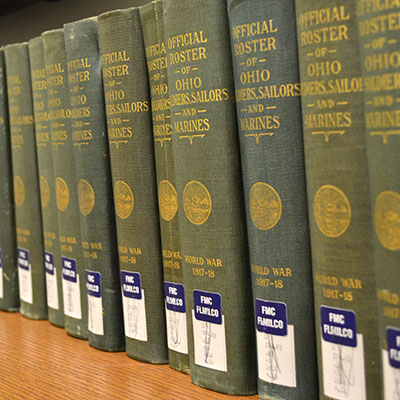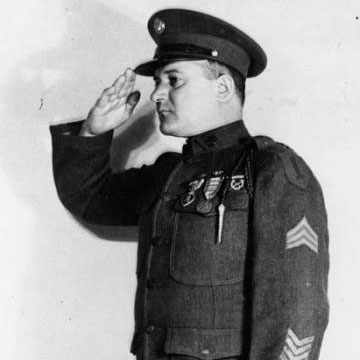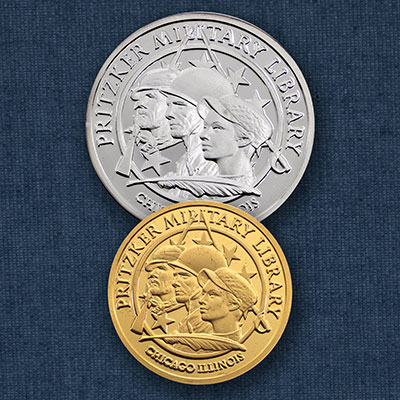The Great Northwest Sanitary Fair of 1863
Women have long been associated with support of the United States military. One of the more noteworthy events to support the care of wounded soldiers occurred during the American Civil War in Chicago and inspired similar events across the United States.
The Great Northwest Sanitary Fair was held in Chicago in late October – early November 1863. This two-week event inspired a host of other large sanitary fairs across the country. The rush to host similar events in other locales was described by some as “fair mania.” A second great fair was held in Chicago in 1865 to build upon the previous success of the 1863 fair. The fairs served to solidify women’s sense of self-worth and accomplishment in the public sphere as they managed these large, successful events and controlled the proceeds of these extravaganzas. The large undertakings also gave their leaders experience in public speaking and logistics.
At the federal level, the United States Sanitary Commission was created with prominent men directing its actions. The Women’s Central Relief Association (W.C.R.A.) was created as a subsidiary of the United States Sanitary Commission and given the task of directing the local and regional groups. It was hoped that the W.C.R.A. could persuade women’s groups to direct their fundraising efforts to the United States Sanitary Commission’s centralized control.[1] However, these patriotic women created their own agencies to facilitate this important social work at a transitional moment for the nation. For example, the Hebrew Ladies’ Aid Society, The Philadelphia Aid Society, and the Soldiers’ Rest of Chicago contributed to the effort to support the republic’s warriors during the war years.[2]
The United States Sanitary Commission established twelve regional districts to facilitate their work, including one in Chicago. Jane C. Blaikie Hoge and Mary Livermore, who had both attended female seminaries as young women and been, before the war, active supporters of the Home for the Friendless – a Chicago charity, first became involved with the commission when they hosted a festival in December 1861 to benefit the soldiers in the western theatre. They sent the proceeds to the Chicago Sanitary Commissioners with a note asking these important Chicago men to “accept it as our Christmas gift.” Their festival was akin to a church bazaar and raised a net income of $675.17. The week-long event consisted of a selection of handmade gifts and foods available for purchase, meals cooked by volunteers, and a concert performed by Madame Matilda Crevelli.[3] It was a monetized version of the donation party which supported the local parsonage that Livermore had previously experienced as the wife of a Universalist minister.[4] The commissioners were impressed by their efficiency and invited them to become agents of The Chicago Commission, later known as the Northwestern Sanitary Commission, after the resignation of Elizabeth Porter.[5] Mrs. Hoge and Mrs. Livermore inspected military hospitals in St. Louis, Mound City, and Cairo (Illinois) as their first assignment. [6]
Undaunted by the need and convinced that women in the Midwest could and would provide the necessary comforts and relief needed to support Union soldiers, especially those wounded in battle, Jane C. Blaikie Hoge and Mary Livermore sent out letters and circulars encouraging the women of the region to support the Great Northwest Sanitary Fair through material donations (like food and train tickets), labor, or both. The women also enlisted a local publisher to put out a newspaper that included performances and activities at the fair, paid advertisements for products from local retailers, and highlighted those who made donations to support the event. Women in Wisconsin, Michigan, Ohio, Iowa, and Indiana responded to the call for participation. Other gifts came from New York and Boston as others heard about the event being planned for Chicago.
The result was a large festival that raised more than its leaders expected. The fair cleared over $80,000 in its two weeks of operation. [7] Other cities hosted similar festivals using the model created by Mrs. Hoge and Mrs. Livermore, who would hold a larger and longer fair in Chicago in 1865.
To learn more about these remarkable women and the Chicago fairs, read:
Dannett, Sylvia G. L., and Katharine M. Jones. Our Women of the Sixties. Washington, D.C.: U.S. Civil War Centennial Commission, 1963.
Giesberg, Judith Ann. Civil War Sisterhood: The U.S. Sanitary Commission and Women's Politics in Transition. Boston: Northeastern University Press, 2000.
Karamanski, Theodore J. Rally 'round the Flag: Chicago and the Civil War. Lanham, MD: Rowman & Littlefield, 2006.
[1] Attie, Rejean, p. 12.
[2] Sylvia G. L. Dannett & Katharine M. Jones, Our Women of the Sixties (Washington, D.C.: U.S. Civil War Centennial Commission, 1963), p. 8
[3] Karamanski, p. 102-103; Venet, p. 74; Livermore, Mary, My Story of the War: A Woman's Narrative of Four Years Personal Experience As Nurse in the Union Army, and in Relief Work at Home, in Hospitals, Camps, and at the Front, During the War of the Rebellion (New York: Da Capo Press, 1995), p. 160.
[4] Mary Livermore, The Story of My Life: or, The Sunshine and Shadow of Seventy Years: A Narrative of Her Early Life and Struggles for Education, Three Years' Experiences on a Southern Plantation Among White Masters and Black Slaves, Her Courtship, Marriage, Domestic Life, Etc. : with Hitherto Unrecorded Incidents and Recollections of Three Years' Experience As an Army Nurse in the Great Civil War and Reminiscences of Twenty-Five Years' Experiences on the Lecture Platform, Including Thrilling, Pathetic, and Humorous Incidents of Platform Life: to Which Is Added Six of Her Most Popular Lectures (Hartford, Conn: A.D. Worthington & Co, 1899), p. 428-434.
[5] Karamanski, p. 102; Venet, p. 73-74.
[6] Karamanski, p. 102; Venet, p.76.
[7] Noun, p. 27; Sarah Edwards Henshaw, E. W. Blatchford, and Mark Skinner, Our Branch and Its Tributaries; Being a History of the Work of the Northwestern Sanitary Commission and Its Auxiliaries, During the War of the Rebellion. p. 219; Buechler, p. 59







Add new comment